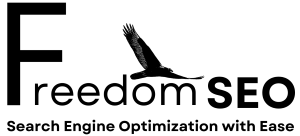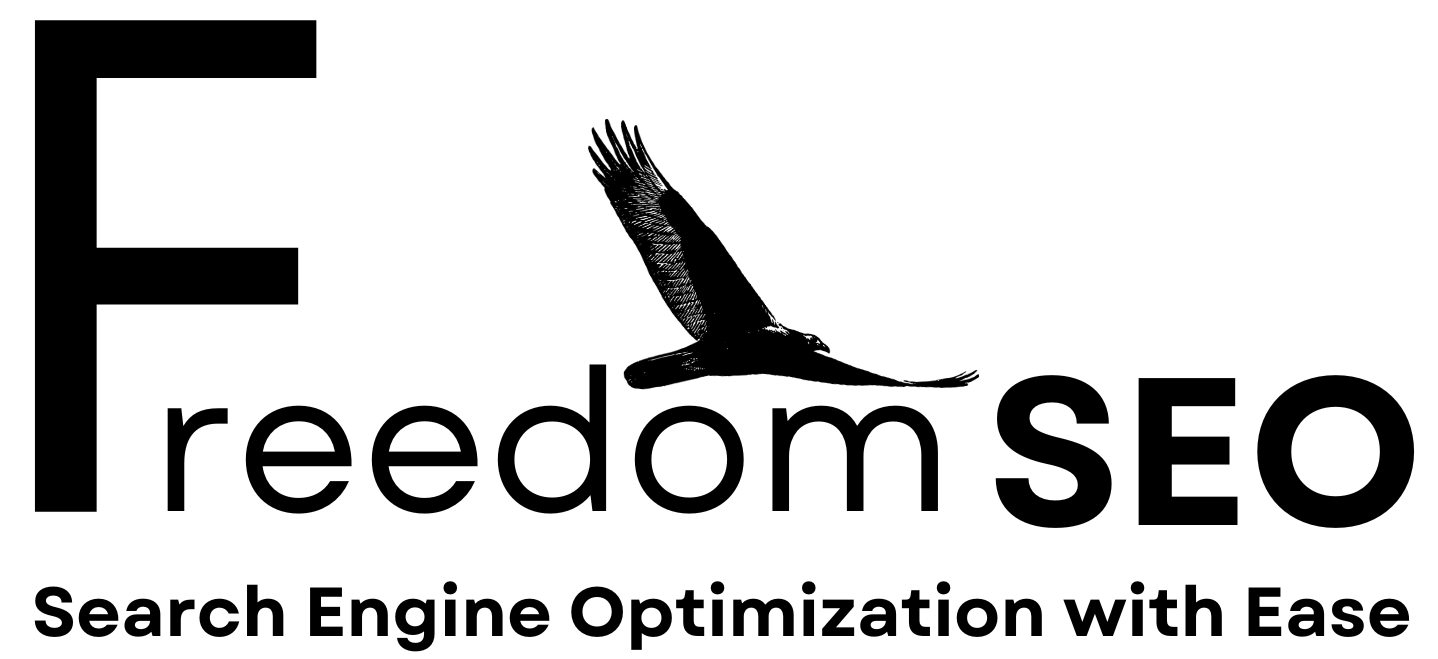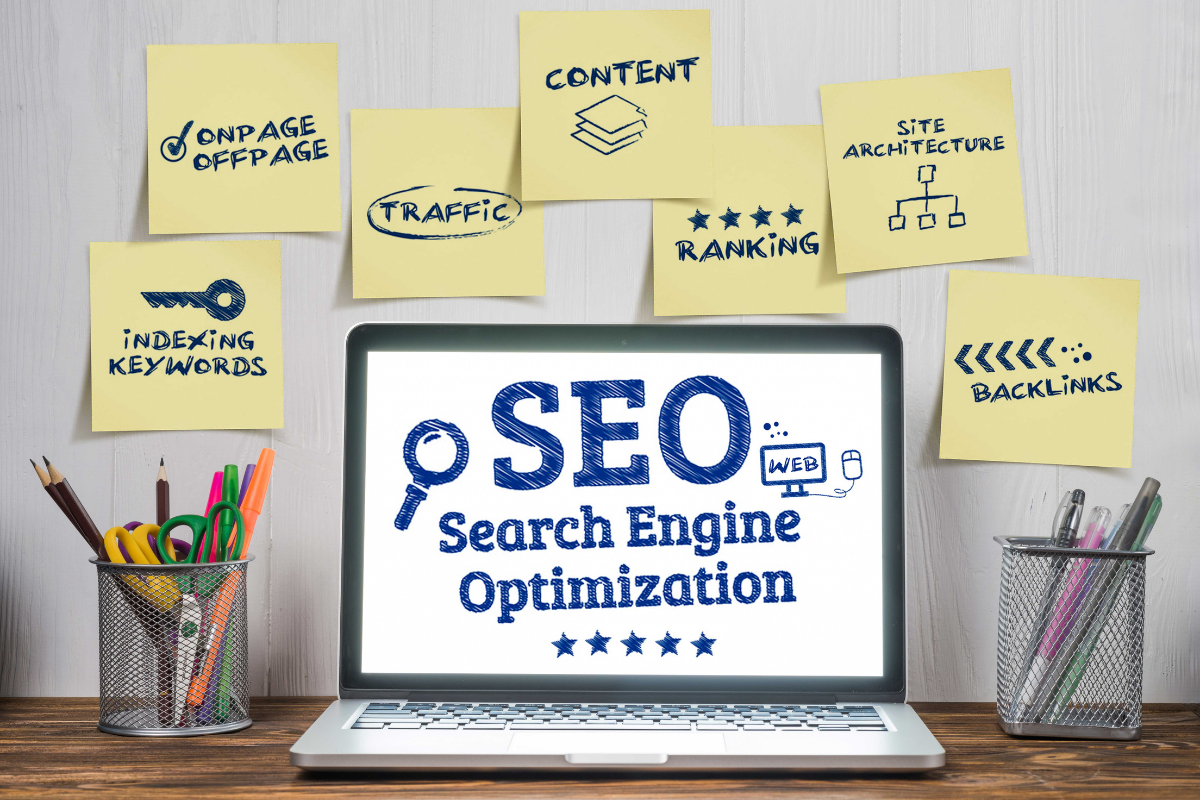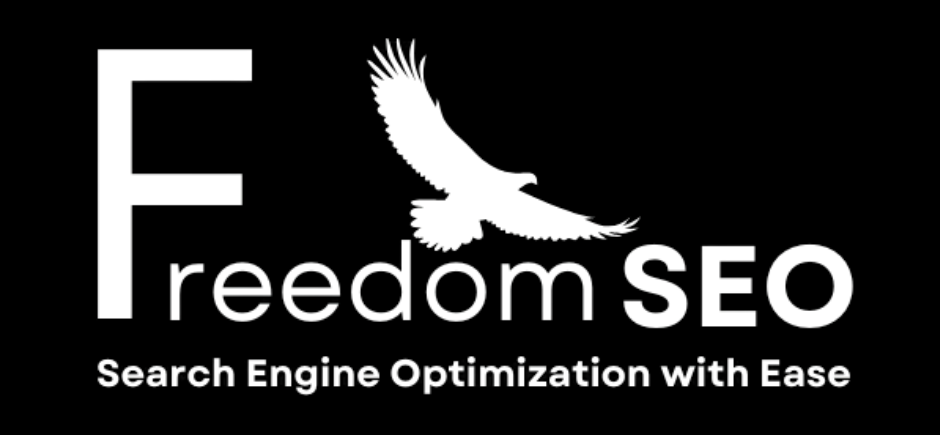Landing Page Optimization Tips for Canadian Businesses 2025
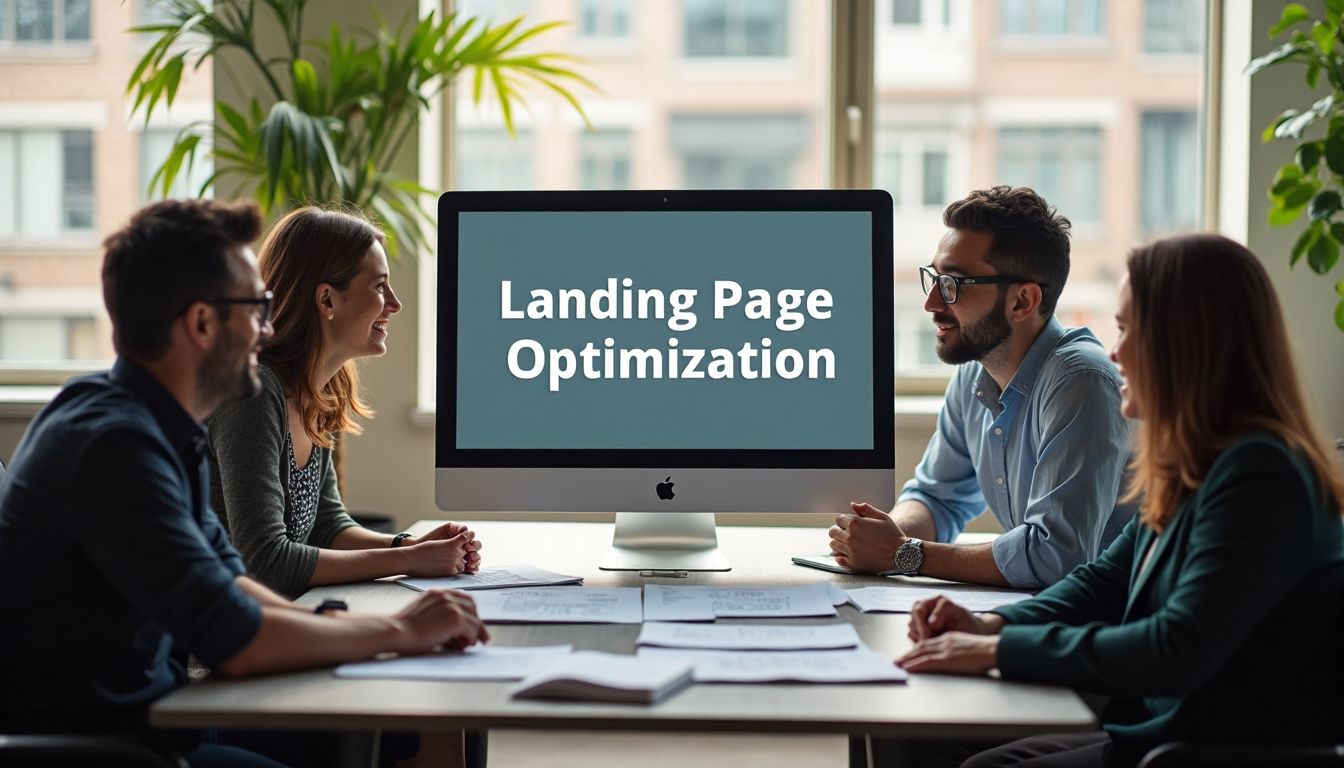
Every business owner wants more leads, but too often landing pages get ignored in favour of flashy ads or expensive redesigns. Here is something most people miss. Nearly 60 percent of all web traffic now comes from mobile devices, yet most Canadian businesses are still getting mobile optimization wrong. That means the real opportunity for conversions is not about more traffic or bigger ad budgets. It all starts with making your landing pages faster, simpler, and laser-focused.
Table of Contents
Quick Summary
| Takeaway | Explanation |
|---|---|
| Clear Value Proposition | Communicate your unique offering within seconds to engage visitors effectively. |
| Mobile Optimization is Essential | With nearly 60% of web traffic from mobile devices, ensure landing pages adapt well to various screen sizes and load quickly. |
| Effective Call-to-Action Strategies | Use clear, action-oriented CTAs placed strategically on the page to guide users towards desired actions. |
| Streamlined Content | Focus on minimal information density to enhance user engagement and drive conversion rates. |
| Continuous Performance Measurement | Regularly analyze user interactions through metrics like conversion rate and bounce rate for ongoing optimization. |
Understanding Landing Page Optimization Basics
The Fundamental Architecture of Effective Landing Pages
Successful landing pages are not just about aesthetic appeal but strategic functionality. Research from digital marketing experts reveals that simplicity often trumps complexity. A study analyzing large-scale online experiments found a negative correlation between information volume and user willingness to provide contact details. This means businesses must carefully curate their content, presenting only the most relevant and compelling information.
The visual design plays a crucial role in user experience. Visual complexity research demonstrates that pages with lower visual complexity are associated with higher learning success. For Canadian businesses, this translates to creating landing pages that are clean, intuitive, and focused on guiding visitors toward a specific action.
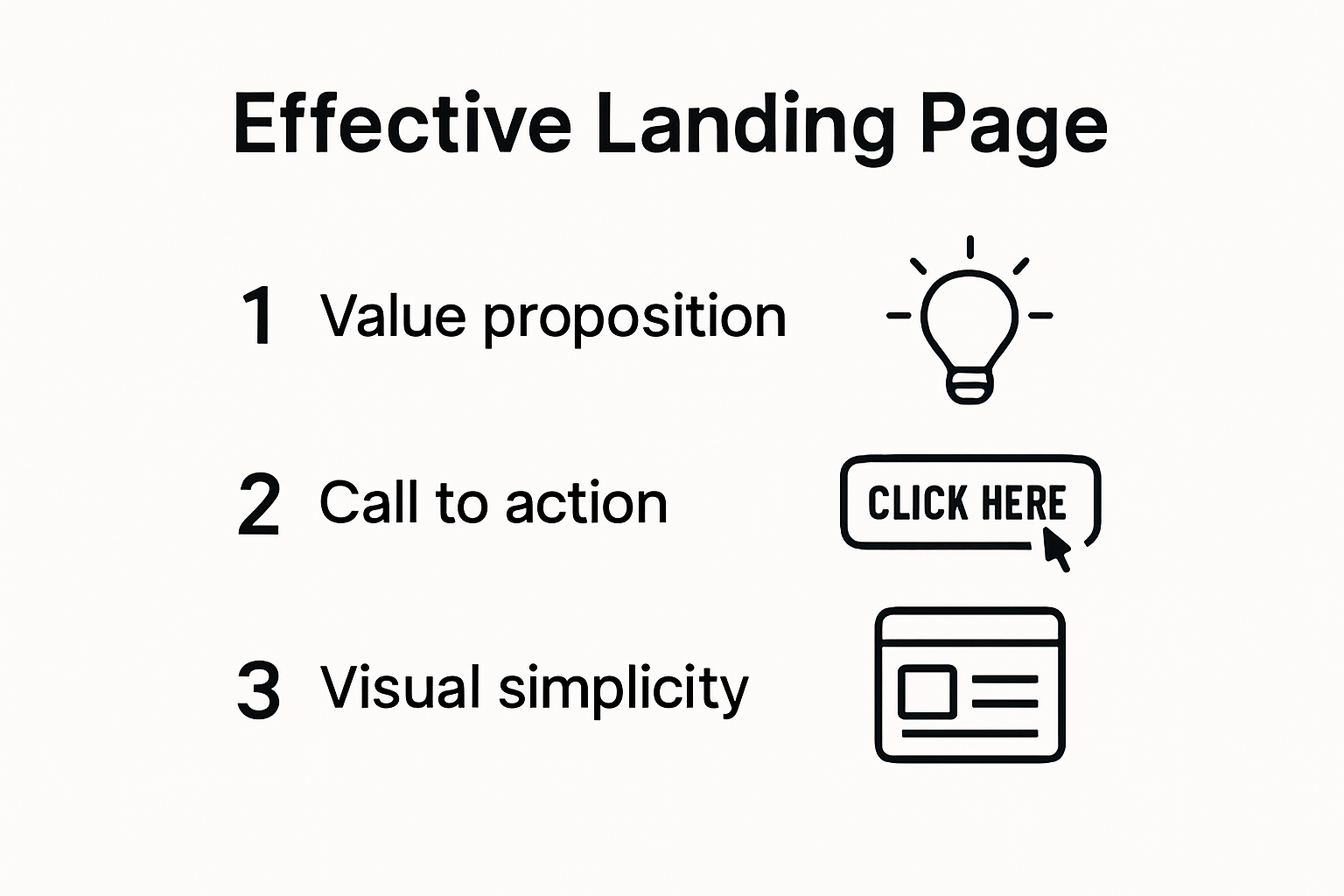
Conversion-Driven Design Principles
Optimizing a landing page goes beyond aesthetics it requires a strategic approach to user psychology and interface design. Key elements include:
- Clear Value Proposition : Communicate your unique offering within seconds of a visitor landing on the page.
- Compelling Call-to-Action : Design prominent, action-oriented buttons that stand out and motivate user interaction.
- Minimal Friction : Reduce form fields and eliminate unnecessary steps in the conversion process.
Empirical studies on visual intensity indicate that excessive visual elements can rapidly increase negative user responses. This means Canadian businesses must strike a delicate balance between attractive design and functional simplicity.
Effective landing page optimization requires continuous testing and refinement. A/B testing different page elements, analyzing user behavior through heat maps, and tracking conversion rates are essential strategies for ongoing improvement. By understanding user interactions and systematically enhancing page performance, businesses can create landing pages that not only look professional but also drive meaningful business results.
Remember that landing page optimization is not a one-time task but an ongoing process of learning, adapting, and improving. The most successful Canadian businesses approach their digital presence with a data-driven, user-centric mindset that prioritizes clear communication and seamless user experience.

Top Mistakes Canadian Businesses Make
Landing page optimization is a nuanced process where even minor missteps can significantly impact conversion rates. Canadian businesses often encounter several critical errors that undermine their digital marketing efforts and potential customer engagement.
Mobile Responsiveness and Performance Challenges
One of the most prevalent mistakes Canadian businesses make involves neglecting mobile optimization. Research indicates that mobile devices now account for nearly 60% of global web traffic, making responsive design absolutely crucial. Businesses that fail to create landing pages that seamlessly adapt across different screen sizes risk losing substantial potential customer interactions.
Page load speed represents another significant performance challenge. Industry studies reveal that approximately half of web visitors expect pages to load within two seconds. Slow-loading landing pages create immediate user frustration, leading to higher bounce rates and wasted advertising investments. Canadian businesses must prioritize technical optimization to ensure rapid, smooth user experiences.
Ineffective Messaging and Call-to-Action Strategies
Poorly constructed landing pages often suffer from unclear messaging and weak call-to-action (CTA) implementations. Marketing experts emphasize that generic or ambiguous CTAs can dramatically reduce conversion potential. Effective landing pages require:
- Precise Value Proposition : Communicate unique benefits immediately
- Compelling CTA Language : Use action-oriented, specific instructions
- Strategic CTA Placement : Position buttons prominently and logically
Many Canadian businesses mistakenly overcrowd their landing pages with excessive information, diluting their core message and overwhelming potential customers. The key is creating focused, streamlined content that guides visitors toward a specific action with minimal cognitive friction.
Successful landing page optimization demands continuous refinement. Businesses must regularly analyze user behavior, conduct A/B testing, and remain adaptable to evolving digital marketing trends. By recognizing and addressing these common mistakes, Canadian enterprises can transform their landing pages from passive web elements into powerful conversion engines that effectively capture and convert potential customer interest.
To help Canadian businesses avoid the most common mistakes in landing page design and performance, here’s a table summarizing key pitfalls and their potential impacts:
| Mistake | Description | Potential Impact |
|---|---|---|
| Neglecting Mobile Optimization | Landing pages don’t adapt to different device screen sizes | Loss of mobile visitors and leads |
| Slow Page Load Times | Pages take more than two seconds to load | Higher bounce rates, wasted ad spend |
| Overcrowded Content | Too much information or cluttered design | Overwhelms users, reduces conversions |
| Unclear Value Proposition | Benefits not communicated immediately | Visitors lose interest quickly |
| Weak or Generic CTAs | Calls-to-action lack clarity or specificity | Lower conversion rates |
| Poor CTA Placement | Buttons not easily visible or logically placed | Missed conversion opportunities |
Proven DIY SEO Tips for Better Results
Landing page optimization requires strategic search engine optimization techniques that Canadian businesses can implement independently. Understanding and executing fundamental DIY SEO strategies can significantly enhance online visibility and conversion potential.
Technical Optimization Fundamentals
Research from web optimization experts highlights the critical importance of precise technical elements. Title tags and meta descriptions serve as crucial entry points for search engine visibility. Businesses should craft unique title tags between 55-60 characters and meta descriptions within 155-160 characters, strategically incorporating target keywords.
Mobile optimization research emphasizes that responsive design is no longer optional. Landing pages must function seamlessly across various devices, ensuring fast load times and intuitive navigation. Page speed directly impacts search rankings and user experience, making technical performance a non-negotiable aspect of effective SEO.
Content Strategy and Keyword Integration
Content optimization studies reveal that high-quality, relevant content remains the cornerstone of successful SEO strategies. Canadian businesses should focus on creating informative content that genuinely addresses user queries while integrating keywords naturally. Key principles include:
- Strategic Keyword Placement : Incorporate target keywords in headings, first paragraphs, and throughout content
- Clear Content Structure : Use headings, bullet points, and concise paragraphs to enhance readability
- User-Centric Approach : Prioritize solving user problems over keyword stuffing
Successful DIY SEO requires consistent effort and continuous learning. Businesses must regularly analyze their landing page performance, track keyword rankings, and adapt their strategies based on actual user interactions. By implementing these proven techniques, Canadian enterprises can improve their search engine visibility without necessarily investing in expensive professional services.
Remember that SEO is an ongoing process. What works today might require adjustment tomorrow. Stay informed about search engine algorithm updates, monitor your analytics, and be prepared to refine your approach continually. The most successful businesses view SEO as a dynamic, iterative strategy rather than a one-time task.
Here’s a summary table of essential DIY SEO actions for effective landing page optimization based on the article above:
| SEO Area | Key Action | Best Practice |
|---|---|---|
| Title Tags | Optimize with keywords | 55-60 characters, unique for each page |
| Meta Descriptions | Summarize page content, include keywords | 155-160 characters, enticing language |
| Mobile Responsiveness | Ensure design adapts to all devices | Test on phones/tablets, prioritize fast loading |
| Page Speed | Minimize load times | Compress images, use fast hosting |
| Keyword Integration | Place keywords naturally in text | Include in headings, intro, and throughout |
| Content Structure | Organize for readability | Use headings, bullet lists, short paragraphs |
Tracking and Improving Your Landing Page Performance
Measuring and enhancing landing page performance represents a critical ongoing process for Canadian businesses seeking to maximize their digital marketing effectiveness. Understanding the right metrics and implementing strategic improvements can transform landing pages from passive web elements into powerful conversion tools.
Advanced Performance Measurement Techniques
Research on optimization strategies reveals that multivariate testing represents a sophisticated approach to landing page performance improvement. By simultaneously adjusting multiple page elements, businesses can efficiently identify the most effective combinations for driving user engagement and conversions.
An empirical study highlights an important insight: reducing information density can significantly enhance user engagement. This counterintuitive finding suggests that Canadian businesses should focus on creating streamlined, focused landing pages that communicate value proposition quickly and clearly.
Key Metrics and Tracking Strategies
Effective performance tracking requires a comprehensive approach to measuring user interactions. Critical metrics include:
- Conversion Rate : Percentage of visitors completing desired actions
- Bounce Rate : Proportion of visitors leaving the page immediately
- Time on Page : Average duration of user engagement
- Click-Through Rate : Percentage of users clicking primary calls-to-action
Privacy and tracking research provides an important cautionary note. Implementing excessive tracking mechanisms can potentially slow webpage load times by two to three times, negatively impacting user experience. Canadian businesses must strike a careful balance between gathering meaningful insights and maintaining optimal page performance.
Successful landing page optimization is not a one-time task but a continuous process of measurement, analysis, and refinement. Businesses should implement regular A/B testing, carefully analyze user behavior data, and remain adaptable to changing digital marketing trends.
Professional tools like Google Analytics, heat mapping software, and conversion tracking platforms can provide deep insights into user interactions. However, the most successful approach combines technological tools with a fundamental understanding of user psychology and design principles.
Remember that every landing page is unique. What works for one business may not work for another. Continuous experimentation, data-driven decision-making, and a willingness to iterate are the hallmarks of truly effective landing page optimization strategies for Canadian businesses.
Frequently Asked Questions
What are the key elements of an effective landing page for Canadian businesses?
An effective landing page should have a clear value proposition, compelling call-to-action (CTA), streamlined content, and be optimized for mobile devices. These elements work together to engage visitors and drive conversions.
Why is mobile optimization crucial for landing pages in Canada?
With nearly 60% of web traffic coming from mobile devices, mobile optimization ensures that landing pages adapt well to various screen sizes, load quickly, and provide a seamless user experience, which is essential for capturing leads.
How can I improve my landing page conversion rate?
To improve conversion rates, focus on simplifying your content, using persuasive CTAs, minimizing form fields, and consistently testing different page elements through A/B testing to find the most effective combinations for user engagement.
What metrics should I track to measure landing page performance?
Key metrics include conversion rate, bounce rate, time on page, and click-through rate. Monitoring these metrics helps assess user engagement and effectiveness, enabling ongoing optimization of the landing page.
Grow Beyond Just Traffic – Turn Your Landing Page Into a Lead Machine
If you have invested time and money into your website but still struggle with low conversion rates or wasted advertising spend, you are not alone. The article made it clear: too many Canadian businesses overlook the impact of mobile optimization, slow page speeds, and complicated calls-to-action. These are the silent profit killers that hold you back from reaching the top 3 on Google and turning visitors into loyal customers.
Imagine what could happen if your landing page did more than look pretty. When you apply proven optimization strategies, you grab the attention of every local customer searching on their phone. Your business rises above competitors who leave money on the table by ignoring their mobile traffic, slow load times, and clunky forms.
We understand the challenges Canadian businesses face because we are one ourselves. Our team at Freedom SEO builds and optimizes landing pages that are fast, clear and designed to convert. We do everything from website and landing page builds to Google Business Profile management and managed local SEO tailored for Canadian markets. If you want a fast turnaround and guaranteed results, we are here to help.

Why settle for missed leads or average rankings? Your competitors are not waiting, and neither should you. Visit Freedom SEO , claim your free consultation and let’s get your landing page performance working for your business now.
Recommended

